UK GDP contracted -0.3% mom in August, worst than expectation of 0.1% mom expansion. In the three months to August, compared with the three months, GDP contracted by -0.3%, with -1.5% fall in production, -0.1% fall in services and flat growth in construction.
Production fell by -1.8% mom, and was the main contributor to the decline in GDP. Growth was negative in three of the four sectors. Services dropped -0.1% mom. Construction rose 0.4% mom.
Also released, industrial production came in at -1.8% mom, -5.2% yoy, versus expectation of -0.2% mom, 0.6% yoy. Manufacturing production came in at -1.6% mom, -6.7% yoy, versus expectation of 0.0% mom, 0.7% yoy. Goods trade deficit widened to GBP -19.3B, but smaller than expectation of GBP -20.5B.




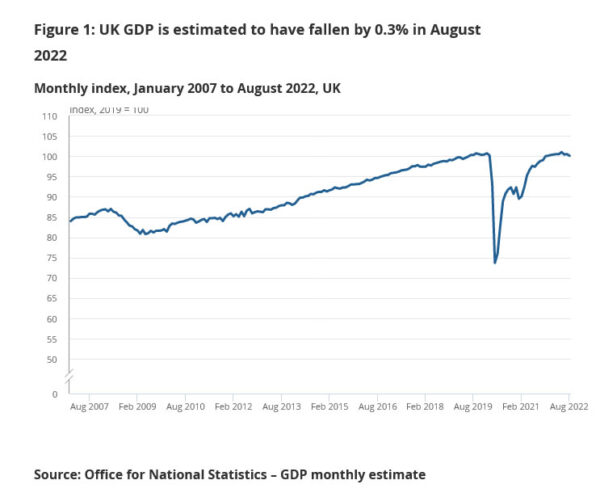
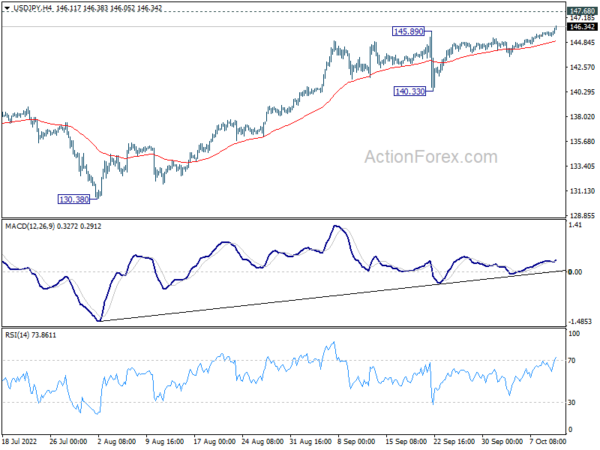
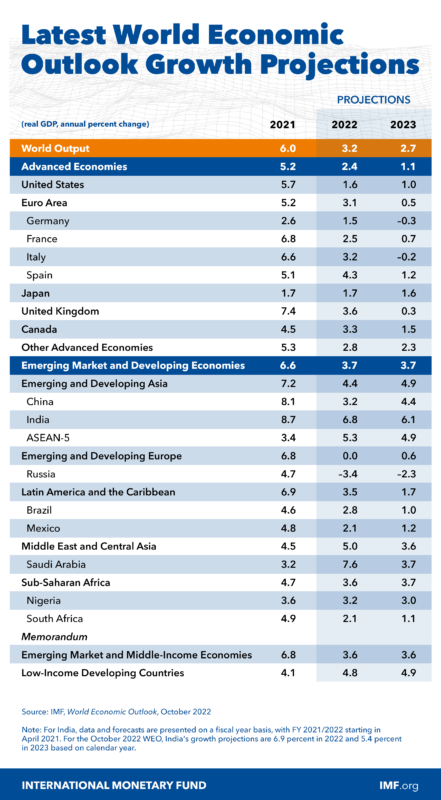
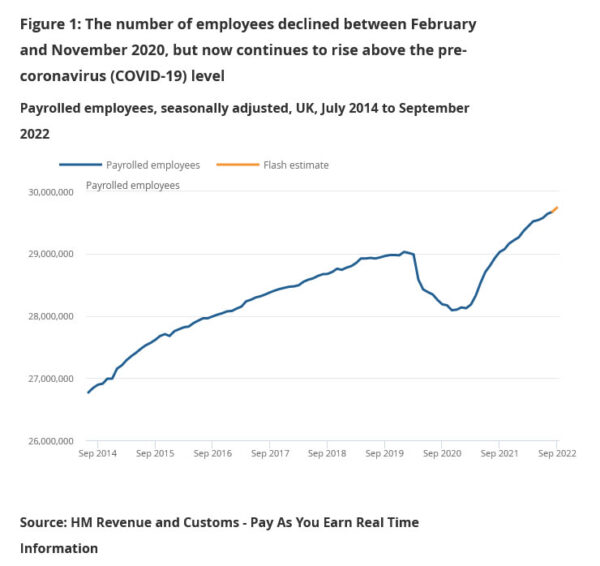
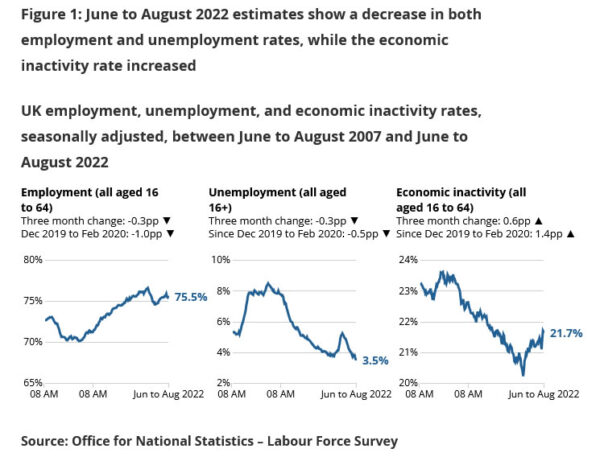
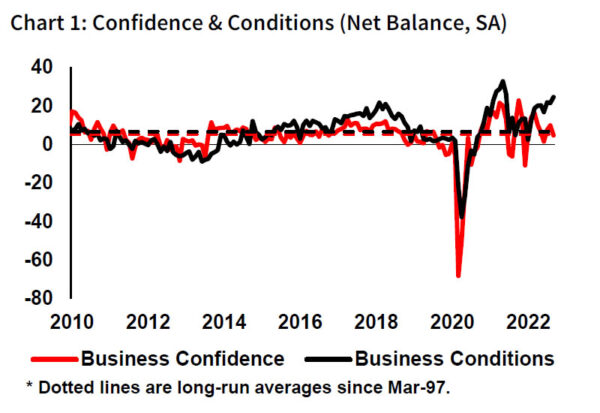
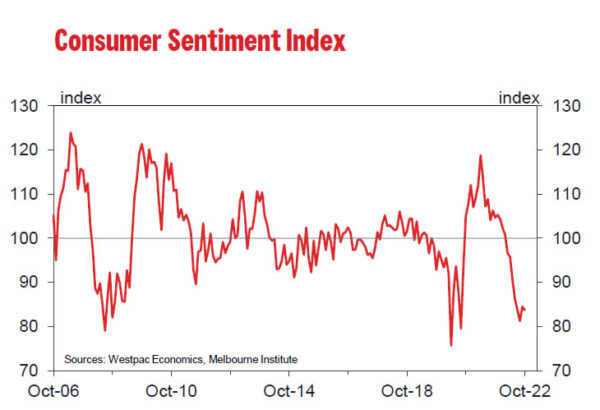
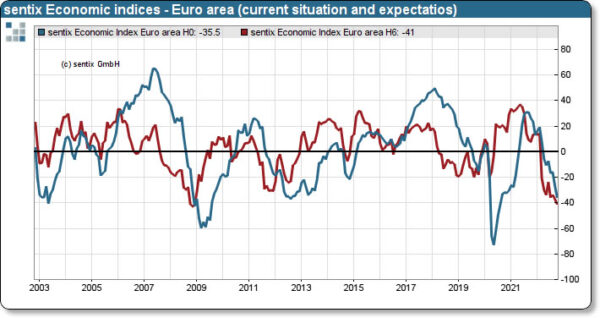

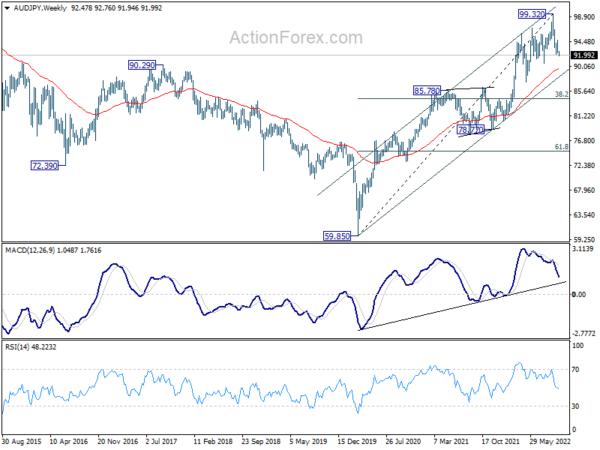
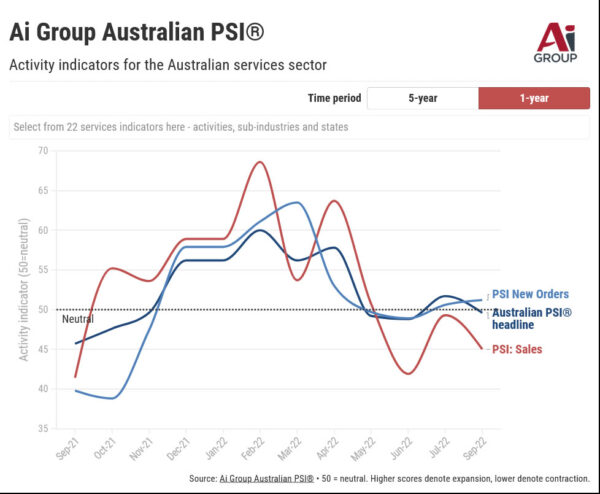
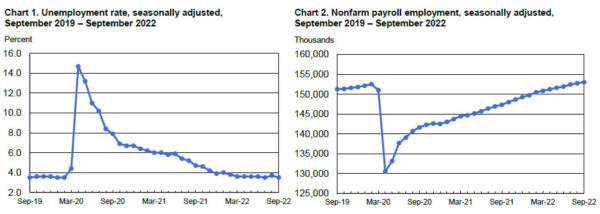

Eurozone industrial production up 1.5% mom in Aug, EU up 1.1% mom
Eurozone industrial production rose 1.5% mom in August, above expectation of 0.5% mom. Production of capital goods rose by 2.8% mom, durable consumer goods by 0.9% mom and non-durable consumer goods by 0.7% mom, while production of intermediate goods fell by -0.5% mom and energy by 2.1% mom.
EU industrial production rose 1.1% mom. Among Member States for which data are available, the highest monthly increases were registered in Ireland (+16.6%), Estonia (+5.0%) and Denmark (+4.3%). The largest decreases were observed in Sweden (-7.0%), Belgium (-6.1%) and the Netherlands (-1.5%).
Full release here.